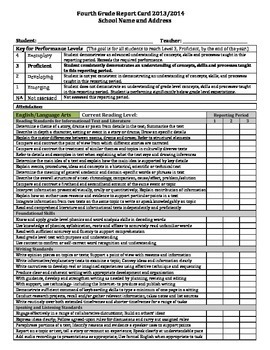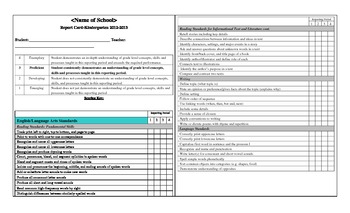

17 With the growing number of Asian countries/regions participating in the AHKGA Global Matrix, it provides a unique opportunity to examine the region's performance in the common indicators, enhancing the understanding of context-specific priorities and strategies to promote a healthy active lifestyle. For example, poorly constructed or badly maintained footpaths in most neighborhoods discouraged walking and cycling in India. In contrast, there was also a group of Asian countries where the urban planning was not conducive to use of active modes for transportation. 15 Taking Active Transportation as an example, 16 several very high HDI countries (Japan and Hong Kong) in the region had relatively high prevalence of activity transportation which is supported by strong policies and a walkable distance between home and school. 14 Wide cross-country variability in most of the common indicators has been reported across the 12 Asian jurisdictions participating in the Global Matrix 3.0. It is noteworthy that countries in the region are diverse in social, cultural, environmental and policy contexts that could have impact on children's physical activity and sedentary behavior. 12 To align with the WHO's global strategy to combat NCDs, the Asia-Pacific consensus statement on integrated 24-h activity guidelines for children and adolescents was recently developed to advocate for a healthier lifestyle. 3 Three in ten adolescents in Asian countries had high sedentary time (≥3 h per day) outside of school. 11 Another pooled analysis of 298 population-based surveys showed than the high-income Asia Pacific region showed the highest prevalence of physical inactivity (92.2%) compared with the other parts of world. found that children and adolescents in many Asian countries such as South Korea (5.8%) and China (15.7%) demonstrated lower prevalence of meeting the physical activity guidelines than the others. 9 These transitions have significant impacts on people's behaviors and have important implications for the rapid rise of the NCD-caused death in the region.



9 Many countries in the region have been experiencing rapid transitions with unbridled urbanization and increased use of technology. 8Īsia accounts for nearly 60% of the world's young people aged between 15 and 24 years. Notably, the number of Asian countries participating has significantly increased from 9 in the Global Matrix 2.0 7 to 15 in the Global Matrix 4.0. 5 The number of participating countries has steadily grown from 15 in the Global Matrix 1.0 (2014) to 57 in the Global Matrix 4.0 (2022). 6 The Report Card serves as a knowledge transfer tool and has gained international impact in building capacity, creating national and international networks, addressing knowledge gaps, and fostering partnerships to advocate policy changes. 5 The Report Cards synthesize available evidence that fit best with the common indicators relevant to children and adolescents’ physical activity and their influences, and evaluates national-level performance in these indicators by assigning letter grades. In response to the call for joint action at global, regional and national levels, the Active Healthy Kids Global Alliance (AHKGA) was established in 2014, with the development of the Global Matrix of country Report Cards as the dominant effort. 3 To reverse current trends of physical inactivity, the World Health Organization (WHO)'s Global Action Plan on Physical Activity 2018–2030 was advocated as a framework for action with four strategic objectives set out for all countries. 2 A global estimates from 146 countries, however, showed that 81% of children and adolescents aged 11–17 years were physically inactive. 1 For children and adolescents, regular physical activity participation is beneficial for physical fitness, cardiometabolic health, bone health, and psycho-cognitive outcomes. Physical inactivity has been recognized as a risk factor for major non-communicable diseases (NCDs).


 0 kommentar(er)
0 kommentar(er)
